Gerald Charles
The Guardians of a Legacy
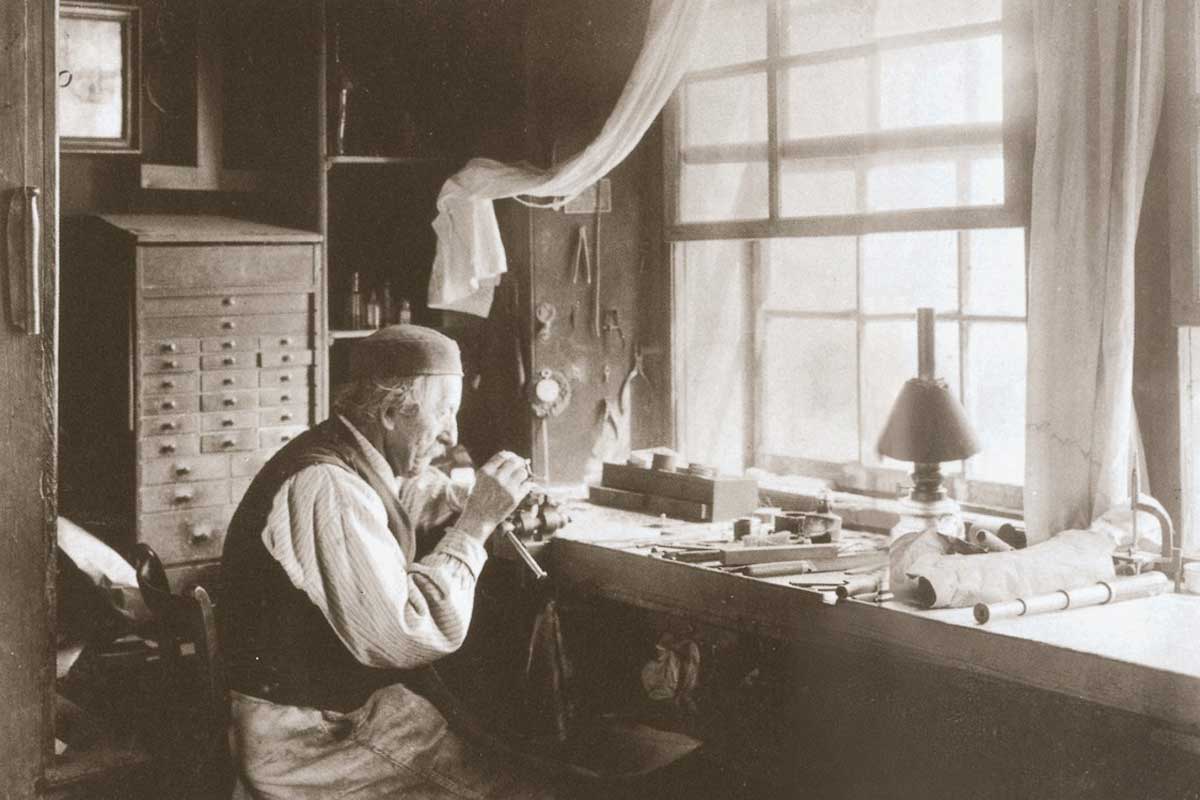
Families specialising in the production of watch components were crucial to the nascent Swiss watchmaking industry in the 16th century.
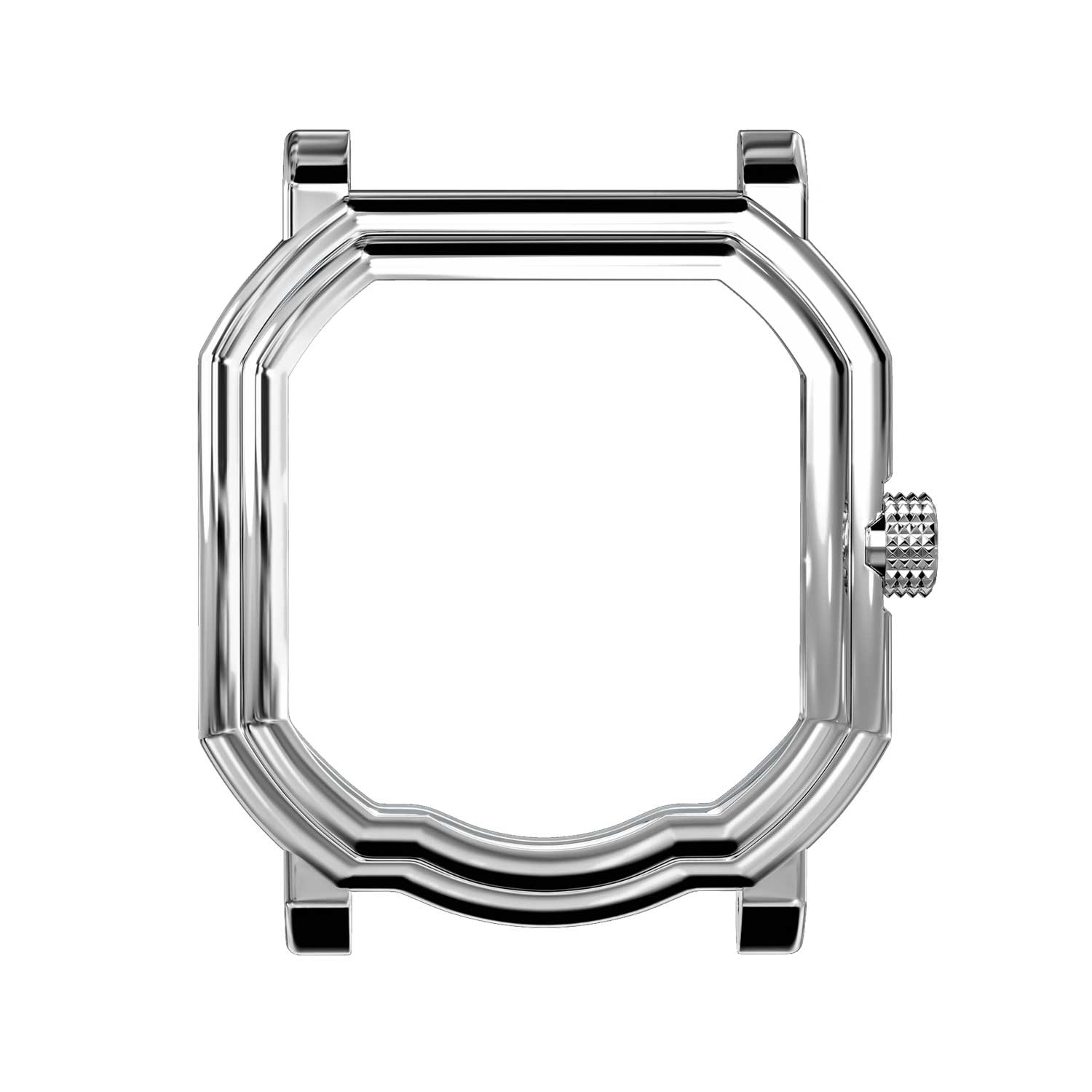
The Maestro case's entirely unique profile can be seen as an evolution of one of Gerald Genta's favorite shapes - the octagon.
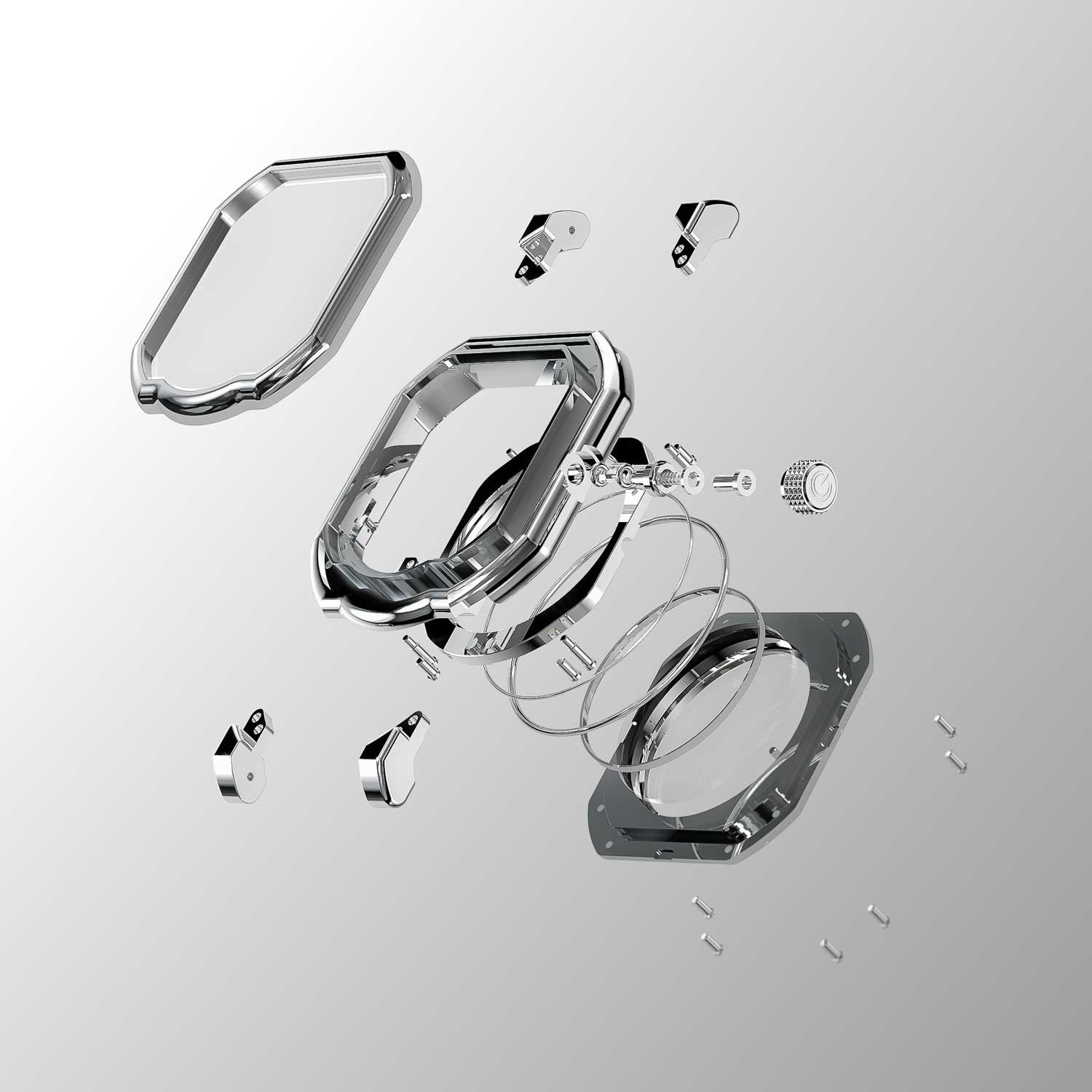
Despite its refined aesthetic and constitution of 18 separate components, the Maestro case is rated to an impressive 100m of water-resistance.
With the foundations of a new product and communication strategy in place, Gerald Charles sought to build on it by gradually introducing a three-register chronograph, an ultra-thin model and by far the most technically impressive GC Sport in Grade 5 titanium with improved shock resistance and a left-handed crown. That is until May this year when Gerald Charles would bring back skeletonization to the Maestro with the 8.0 Squelette but accomplish it in a way that honors the memory of Gerald Genta. To do that, Ziviani reached out to an old family friend who just happens to be a designer of such stature, that many would regard him as the heir apparent to Gerald Genta during his 11 years spent at Audemars Piguet (AP), five as its Chief Artistic Officer. He was responsible for a holistic design approach at AP, and its continued rise with the success of the Royal Oak Offshore in the 2000s, introducing complications and different materials to the Genta icon. That man is Octavio Garcia.
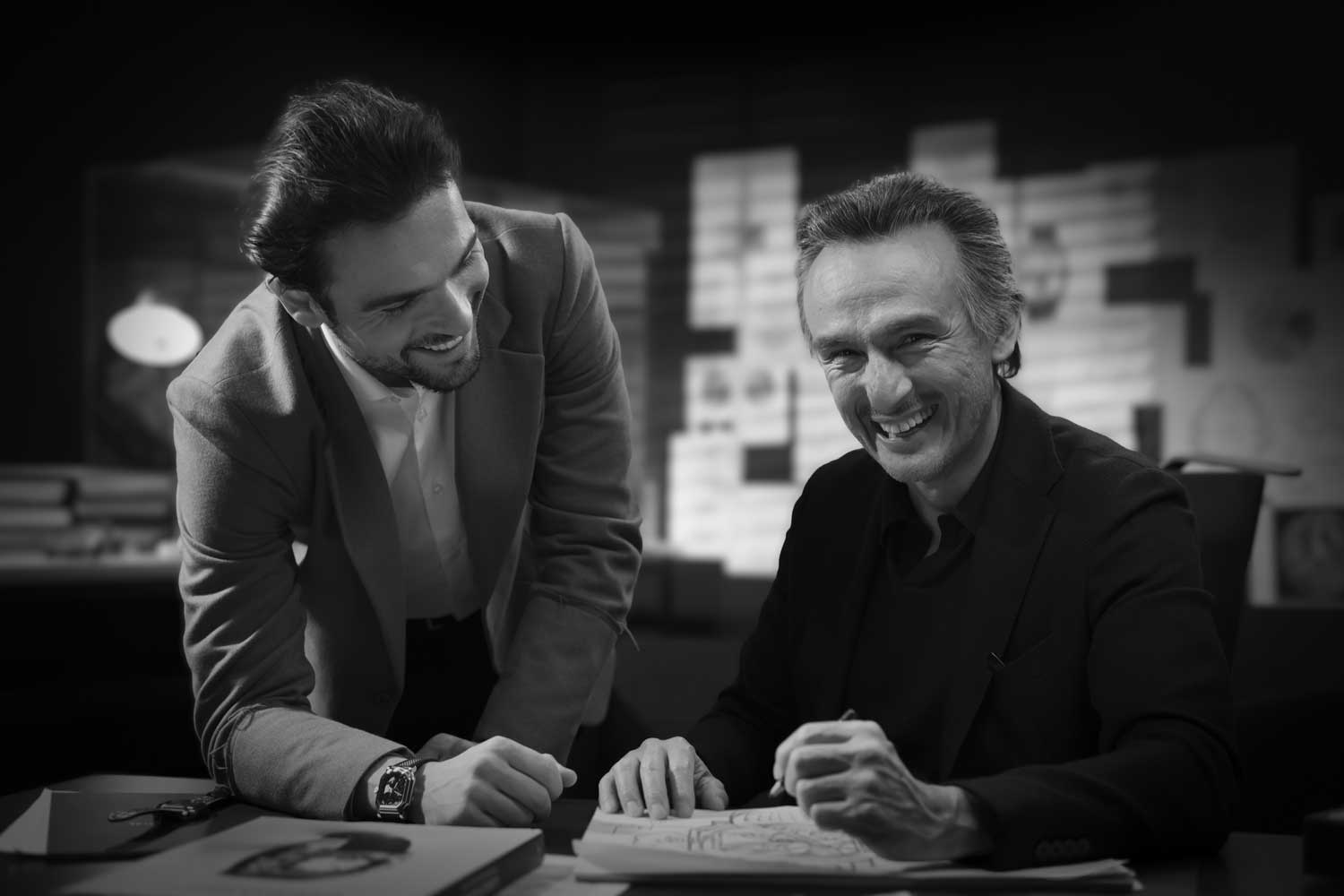
It was their friendship that brought Federico Ziviani and Octavio Garcia together, to conceptualize the new flagship model of the Gerald Charles lineup.
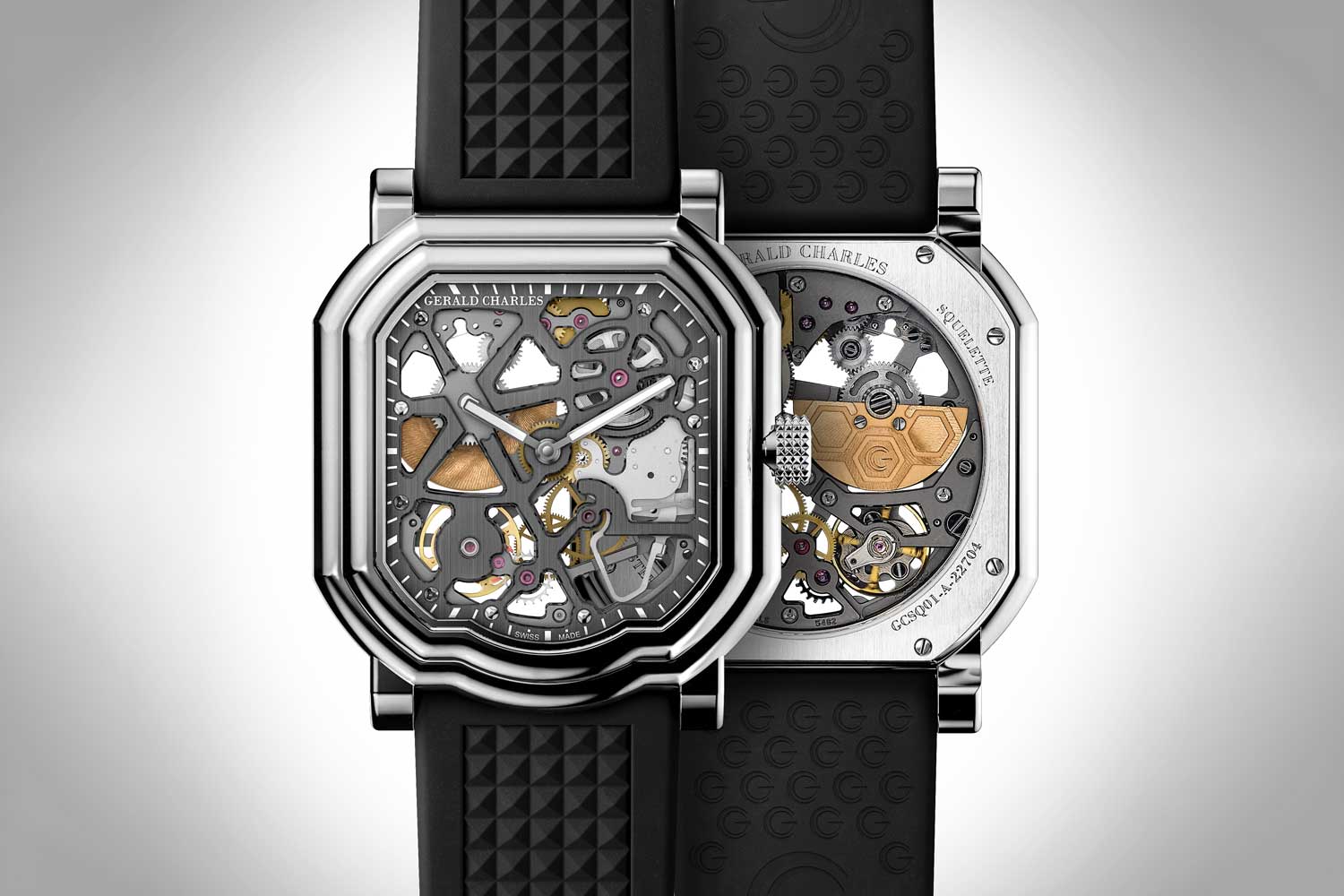
The new Gerald Charles Maestro 8.0 Squelette.
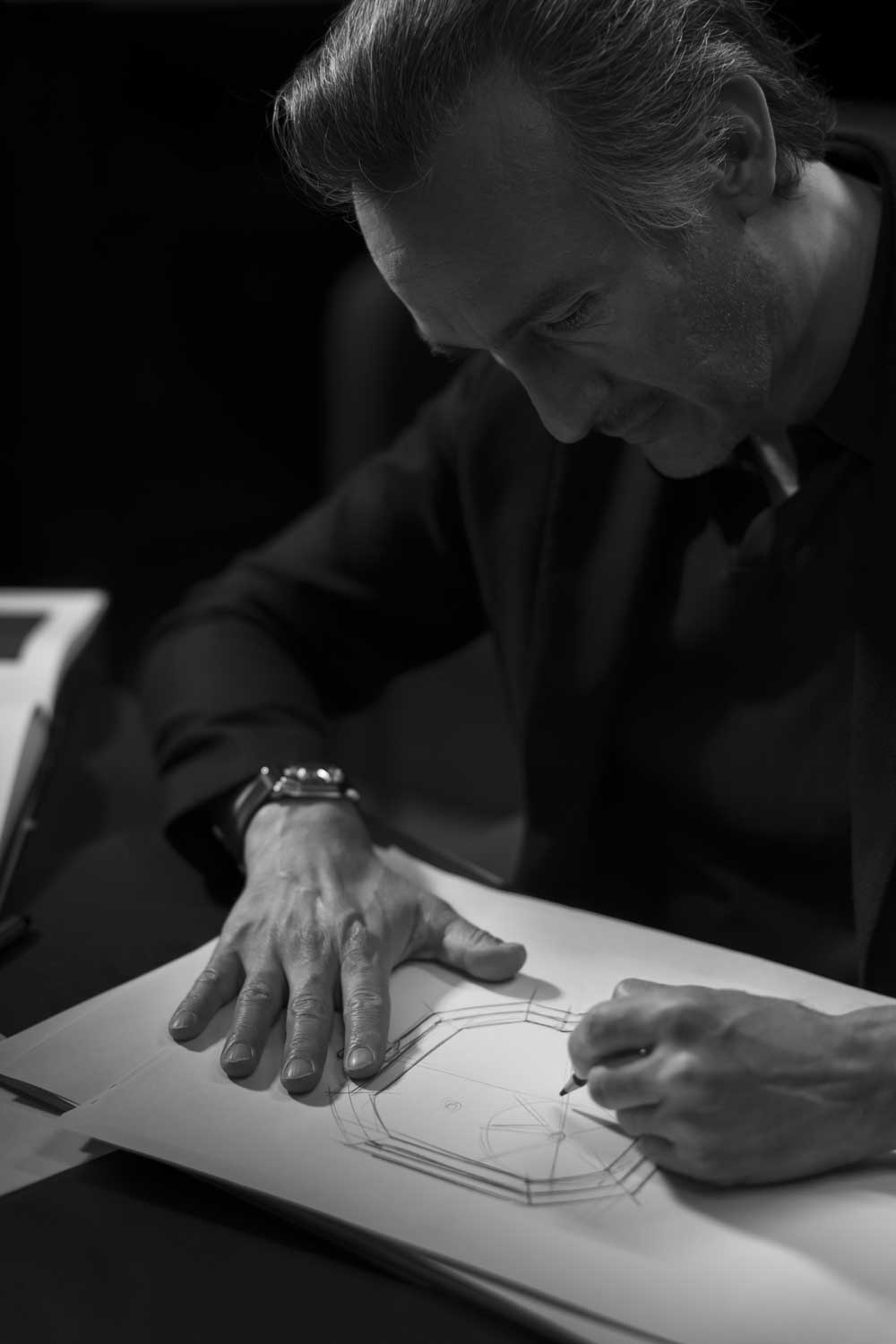
Garcia took many months to hand-draw hundreds of design sketches, exploring as many design iterations as possible.
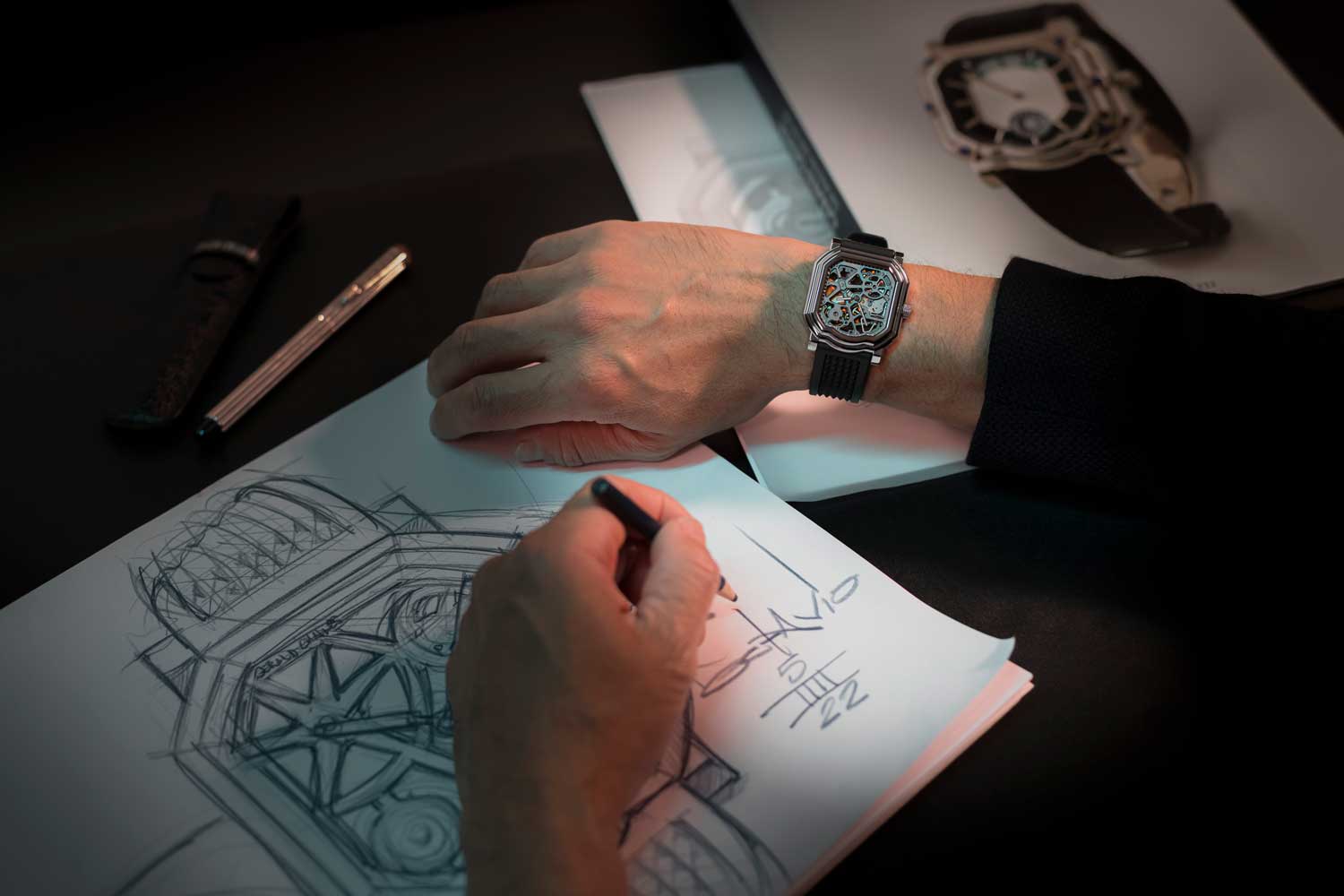
The Maestro 8.0 Squelette is a fitting tribute to Gerald Genta's love for skeletonized watches.
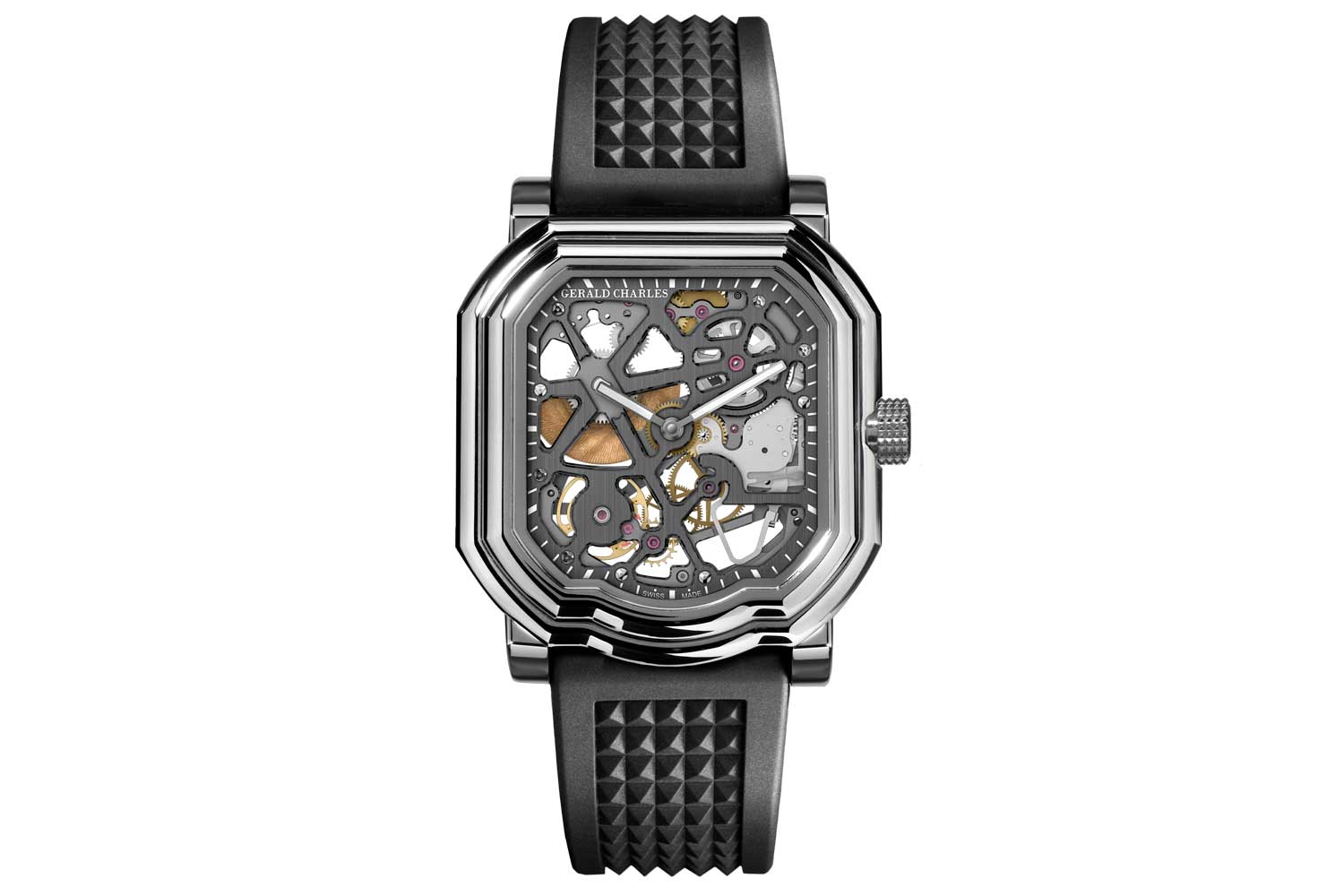
The Maestro 8.0 Squelette is paired with a classic black rubber strap embossed with the Clous de Paris motif.
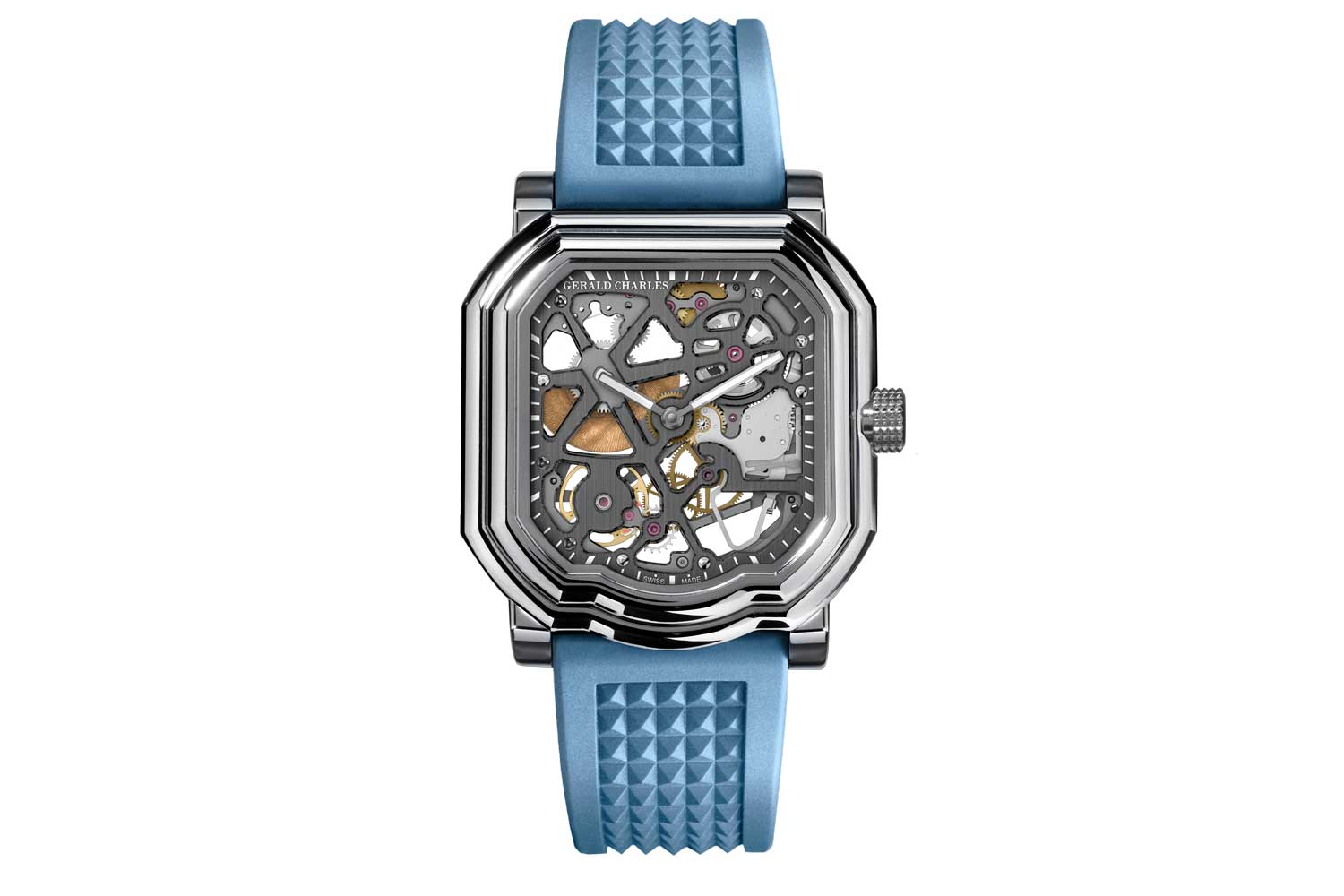
An ice-blue strap is also available, exclusively for the Maestro 8.0 Squelette only.
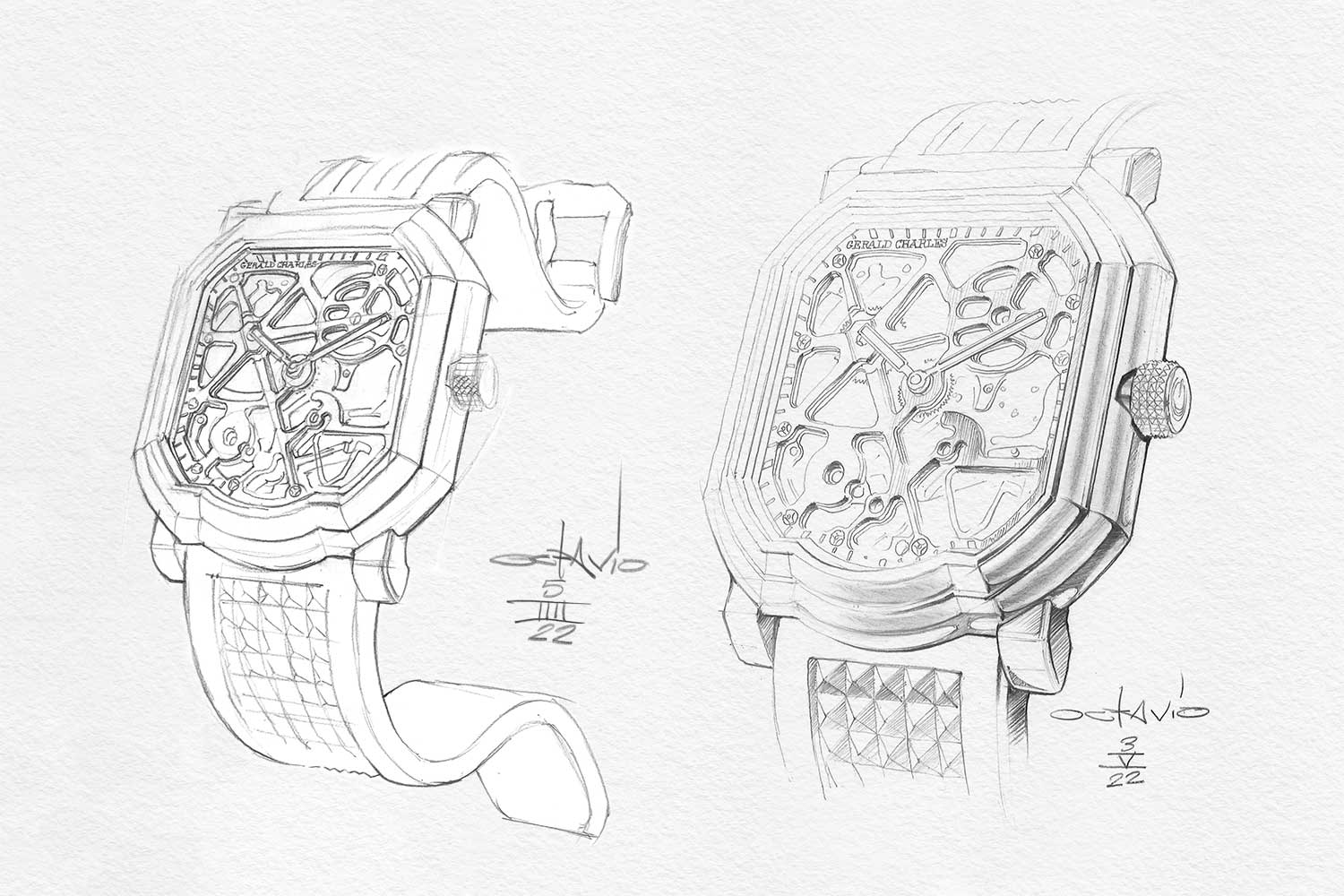
Some of the hand-drawn design sketches by Octavio Garcia.
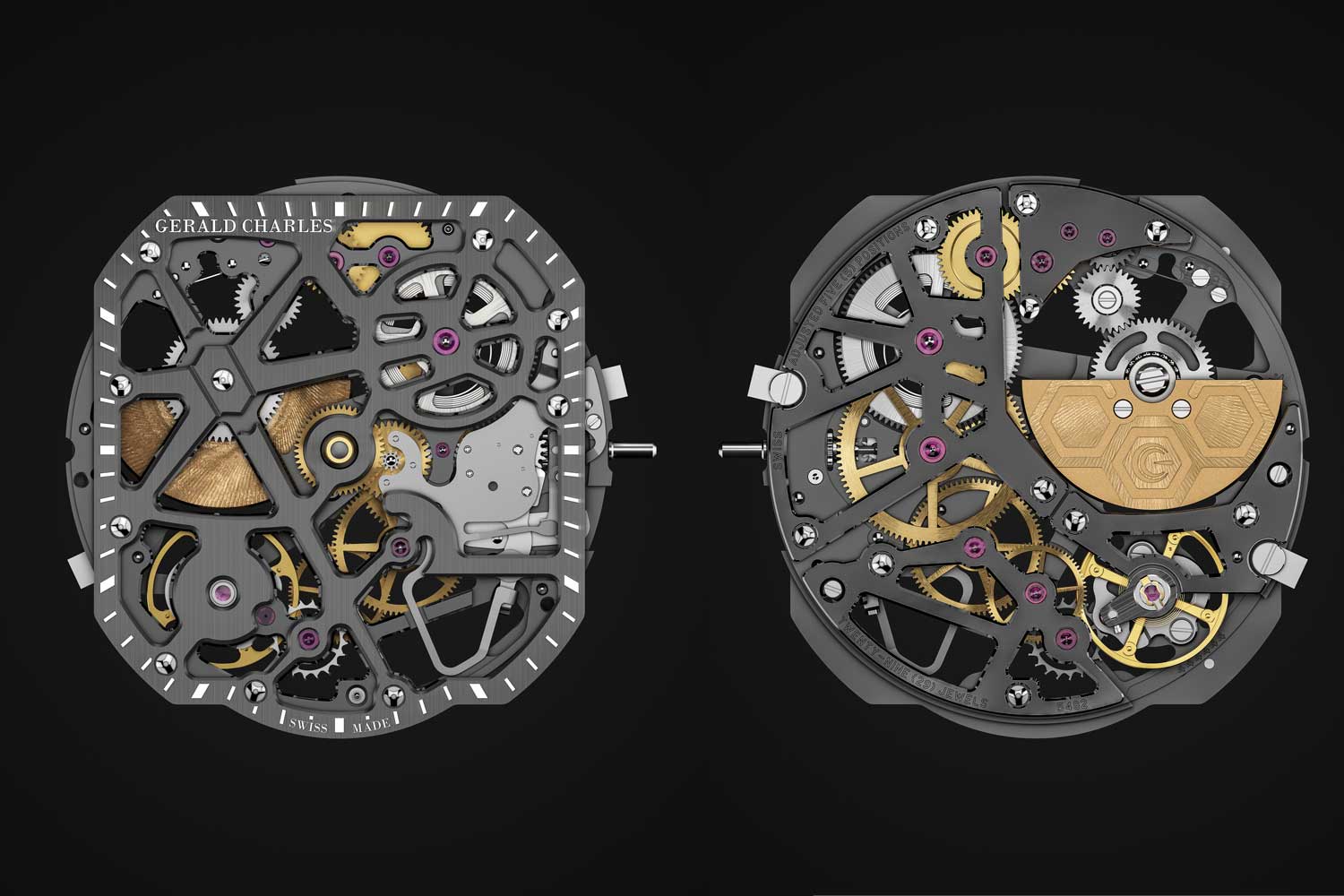
The caliber GCA 5482 is exquisitely open-worked and finished, and made exclusively for Gerald Charles by movement specialists Vaucher.
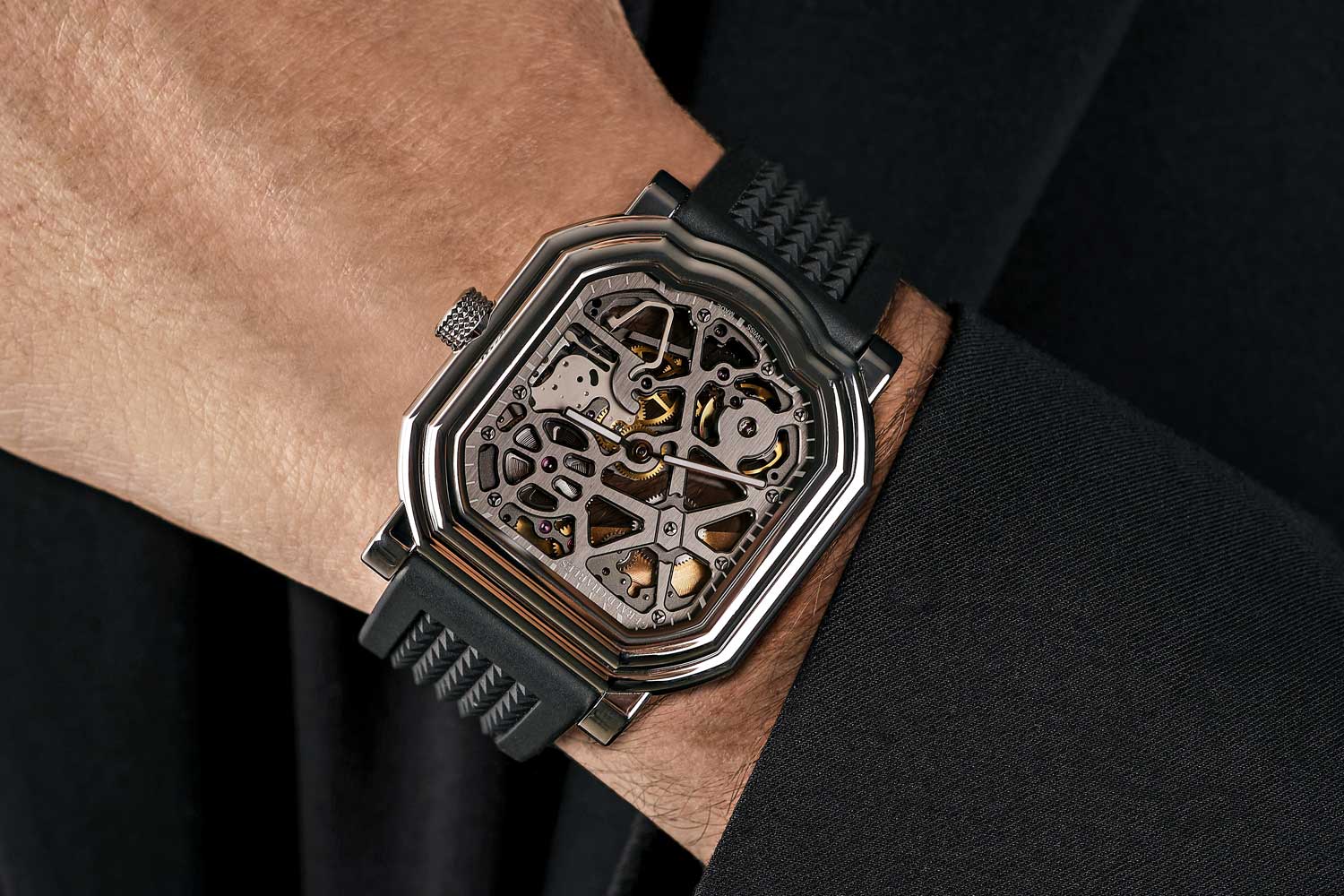
The refined elegance of the Maestro 8.0 Squelette is comfortably wearable everyday.










